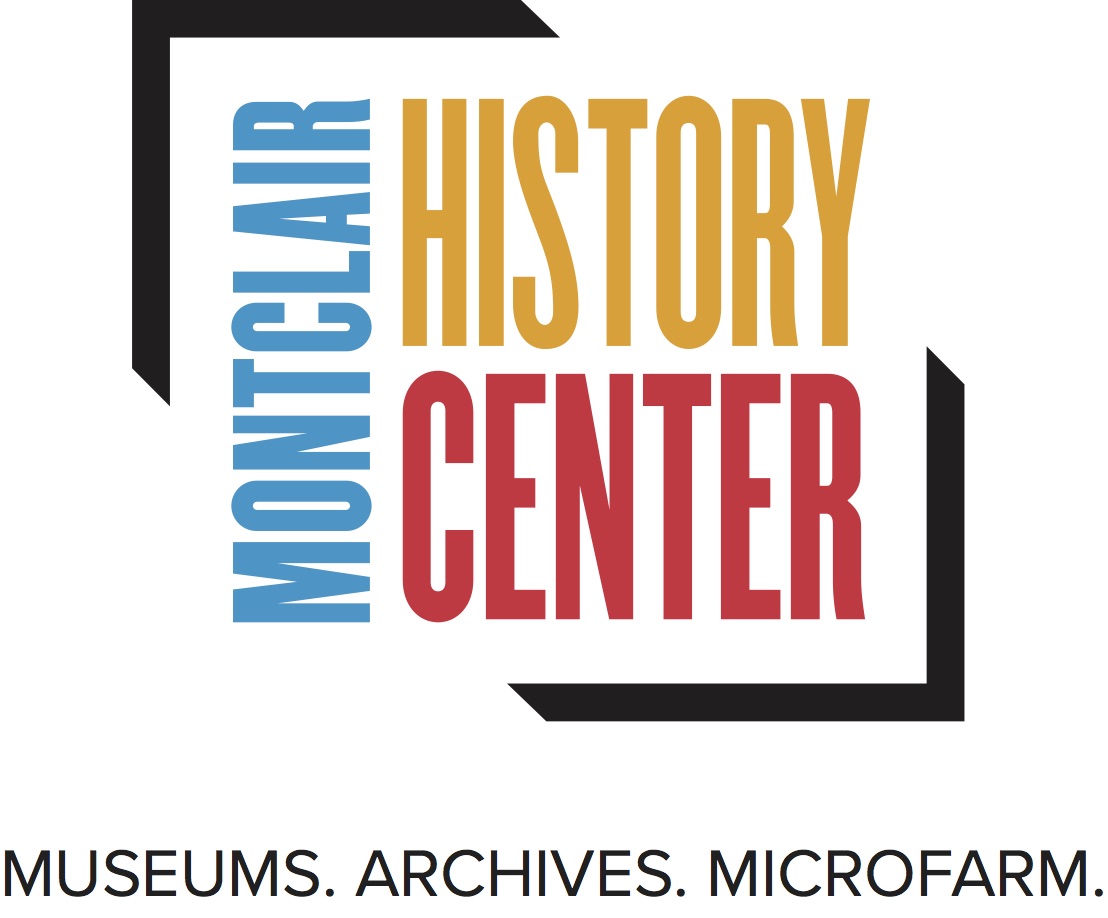College Heights at Montclair State University
The village of College Heights, at Montclair College, circa 1948
Did you know that there was once a whole village atop the Montclair State University campus? As some of our friends, family, and even a handful of our interns here at the Montclair History Center celebrate graduations, we want to share a bit of collegiate Montclair history; a history that only lasted for a short while, and is one that not many alumni or residents have even heard of: the story of College Heights.
From 1947 to only 1954 there was once an entire neighborhood of about 180 people living in post-war housing on the grounds of Montclair State University’s campus. Only war veterans could qualify to live in this housing. According to an article written by Montclair State University (class of 1946) alumni Morris G. McGee in the 1966 issue of Alumni Life - Forum, “Forty-one married couples, with their children, plus 70 or more unattached men, made up the count for the census-taker. They called their community ‘College Heights,’ though it never had a corporate name” (7). According to the article, the houses at College Heights were not exactly exquisite. The houses were built out of “war surplus” and the units themselves were arranged in a quadrangle with little space between each home. In fact, the partitions between each home were so thin that hearing what your neighbor was up to was commonplace. McGee writes that “if voices could find their way through the flimsy walls, so could the weather. Rain splashed in; the wind went whirling through…” and recalls the historic snowfall in December of 1947 that “made the whole community… [a] village of igloos” (8).
Having to quite literally weather each storm was also typical of College Heights. Because Montclair State University and the College Heights’ location sat at the the junction of the towns of Montclair, Clifton, and Little Falls, no one was quite sure which town’s municipality was in charge of the village’s oversight. Garbage collections, fire-fighting and police protection were divided up among those three towns when needed. Otherwise, environmental maintenance was up to College Heights residents such as keeping roads clear during heavy snowfall. In the spring, the village would become a combined “mud puddle and dust bowl” (8).
Despite the relatively unattractive living conditions (outset bathrooms didn’t even have doors on them until many months later, meaning guests did not stay long when someone needed to use the restroom!) residents who once lived in College Heights would gleam with delight at the recollection of memories from their time living in the village. McGee calls it a “microcosm of suburbia” that exemplified the feeling of communal living where all residents experienced the same ups and downs. The article mentions, “the so-called ‘space-heaters’ that kept all the [living] units a mite above freezing, were always blowing up, or belching black smoke, or quitting altogether” (8). This meant that together, the community had to find ways to solve problems and were more inclined to look out for one another. McGee writes, “But company? You always had company. It was wonderful if you were facing some domestic crisis and needed help; but you had company whether you needed anything or not” (29).
The buildings that once made up College Heights were torn down and carted off in 1954 and no mark is left of where they once stood. Instead, you can now find Life Hall, Mallory Hall, Finley Hall, Webster Hall and Stone Hall in the place where the housing units of College Heights used to be. While the little post-war village no longer exists, its story is a poignant example of the affordable housing built for World War II veterans looking to start a new life. Perhaps even more importantly, the pride and nostalgia shared by its former residents captures the sense of community present in College Heights. Indeed it was a microcosm of suburbia, reflective of the sense of community that can still be found in the suburban macrocosm of the town of Montclair today.
By Jess Titterington
Source List
https://archive.org/details/alumnilifeforum100mont_0/page/n179/mode/2up
Photograph courtesy of the Montclair State University Harry A. Sprague Library

